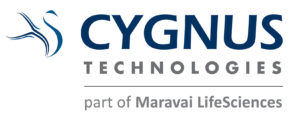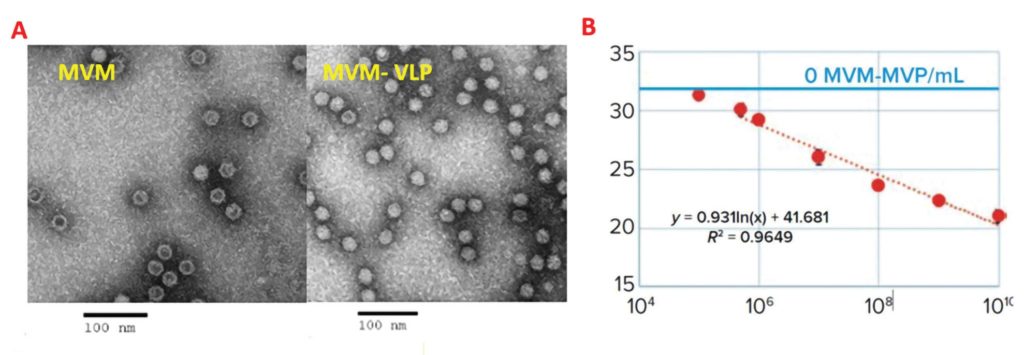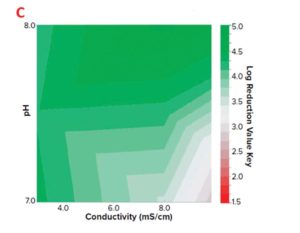Sponsored content brought to you by

Biopharmaceuticals, such as mAbs and viral vector–based gene therapies, are the products of recombinant expression. Over the decades, cell lines such CHO, NS0, HEK293, Sf9, and Vero have been utilized as biologic factories to produce these therapeutic entities. Some of these cell lines are known to harbor endogenous viral sequences while many are susceptible to exogenous viral contamination. Although infrequent, viral contaminations do occur and often result in manufacturing plant shutdowns. The risks associated with viral contaminations have led the FDA and other international regulatory agencies to scrutinize each and every biopharmaceutical production process for the ability to remove or inactivate a diverse panel of viruses prior to allowing clinical trial commencement or commercial approval.
Viral clearance validation studies, typically outsourced to contract labs, are executed to provide the regulators with the data they need to certify a downstream process. Live infectious viruses are added to in-process material and then processed through individual scaled-down manufacturing process steps. The nature of live infectious virus dictates that these studies be carried out at the CRO site. The significant logistical and monetary considerations required to perform these studies creates a paradigm in which viral clearance data is accumulated very late in the product development cycle—
typically during a Phase III trial, just prior to a BLA submission. Assessing critical process steps this late in a product’s life cycle generates a high level of risk and works against the industry’s quality by design approach for establishing effective impurity removal (host cell proteins, DNA, etc.).
The MockV™ “Mock Virus Particle, MVP” approach was introduced to lower the barriers associated with viral clearance, providing an effective, low cost, tool to screen purification techniques and parameters during the years of process development and optimization. Cygnus MockV MVM Kit provides the enduser with a stock solution of MVP, a noninfectious virus particle that has been demonstrated to be physicochemically similar to Minute Virus of Mice, a standard parvovirus used internationally for validation studies (Figure 1A). By substituting live virus with this noninfectious surrogate, the end-user can conduct spiking studies on his/her own bench as opposed to requiring an off-site environment. Data analysis via Immuno-qPCR (Figure 1B) is available within hours, as opposed to the weeks of waiting required for plaque assay results. These features make the MockV™ MVM Kit an ideal tool for laboratory process development and characterization activities such as: conducting high-throughput resin screening studies, performing design of experiments (DOE), or vetting novel separation tools/techniques such as continuous processing.


One example of how the value of this predictive approach was realized is through a study that GSK executed whereby the MockV™ MVM Kit was utilized to establish effective operating parameters for an anion exchange chromatography (AEX) step of a mAb process. After designing a full factorial, central composite face DOE, noninfectious MVP was spiked into in-process material and processed through an AEX column at 10 different pH/conductivity conditions. Samples from each run were analyzed by Immuno-qPCR (all reagents are provided in the kit) and log reduction values (LRV’s) were determined. The data was then entered into statistical software, and the results revealed the influences of the two parameters on each other in regard to viral clearance and provided GSK with a “heat map” of conditions where effective clearance could be expected (Figure 1C). Thus, by utilizing the Cygnus MockV MVM approach, you can gain actionable insights into your process early in downstream purification development and, importantly,
in your own lab.
Learn more at cygnustechnologies.com.





